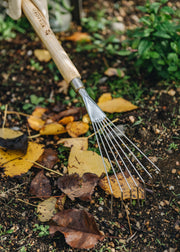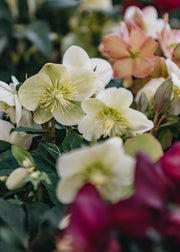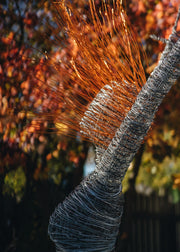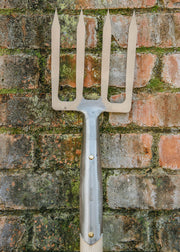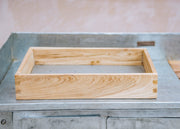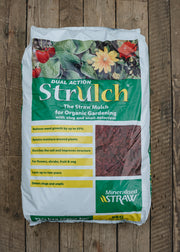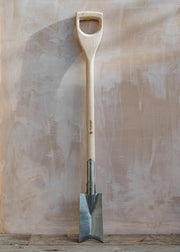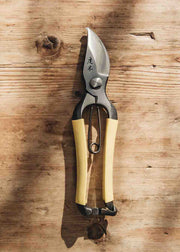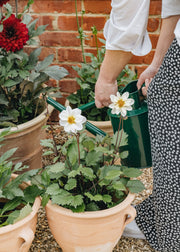How To: Overwinter Dahlias
When the leaves start to crisp and a chill begins to nip, the time comes to put the hard-working dahlia tubers to bed. Dahlias are tender tubers, which means they will not survive a frost; therefore, it is crucial to overwinter your dahlias when the temperature starts to drop. There are two ways to do this:
The most fool-proof method to avoid rot; by lifting your tubers from the ground in autumn, you can store them safely undercover to protect them over the winter months. After the first frost of the year, you will notice that the foliage will start to darken. At this point, cut the stems back to about 12cm from the ground, and gently lift your tuber out of the ground using a garden fork or spade, taking extra care not to damage it. Knock off any excess soil, and then give them a good rinse using a hose or a watering can.
Once all the soil has been removed, place the tubers upside down on a tray and leave them to dry for two weeks somewhere undercover such as a greenhouse or potting shed.
Once dry, carefully pack the tubers into shallow trays or boxes surrounded by vermiculite or dry compost or wrapped up in brown paper (an excellent way to recycle our Burford shopping bags!). Tubers do not need any watering during this dormant period, so label them up, and tuck them away in a cool, dry, frost-free place ready for potting up again next spring.

Stored away in the potting shed
If you live in a sheltered southerly area with milder winters, you may be able to safely overwinter your tubers by protecting them in the ground. This is a much simpler process, however there is a risk of losing your tubers to rot if the winter is particularly harsh.
To do this, when the foliage has been darkened by the first frosts, cut the stems back to around 10cm from the ground. Cover the soil with a thick layer of mulch to prevent frost from penetrating the tubers. Remember to label your dahlias (it is very easy to forget where each variety is planted) and wait for them to begin sprouting again next spring.


